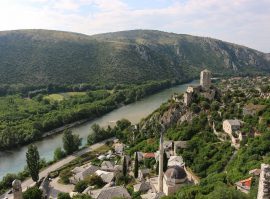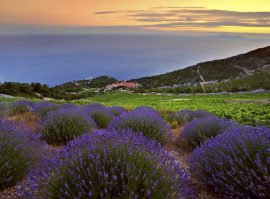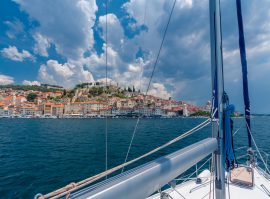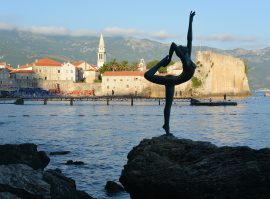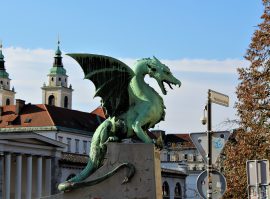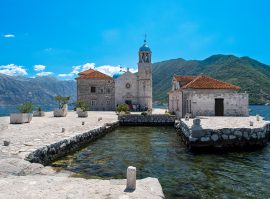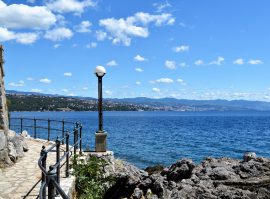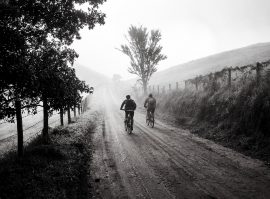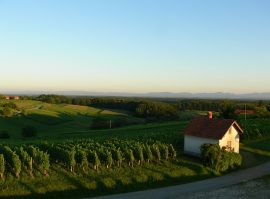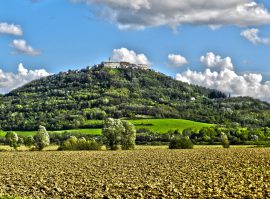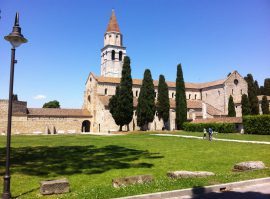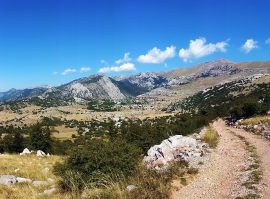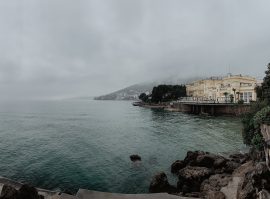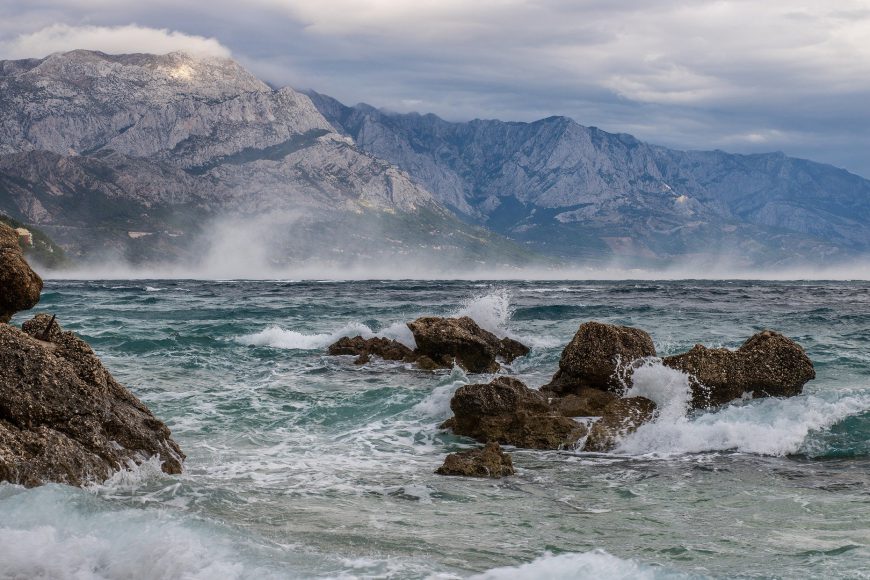
Senj, the birth city of wind Bura
The town of Senj is an old settlement founded more than 3000 years ago on Kuk Hill, east of present-day Senj. Due to the increasing importance of the market, the population of the fortress gradually subsided to the foothills and established a new settlement. Senj is also known as the Glagolitic town. The Senj plaque, found on the staircase of the Nehaj fortress during reconstruction works, testifying that the Glagolitic script was already as enlarged in the 11th century as it was on the neighboring Krk. It is one of the oldest Croatian Glagolitic monuments. Only fifty years after the invention of the printing press, a group of people appeared in Senj who realized the importance of this invention. One of them was Blaz Baromic, one of the most important figures in Croatian cultural history. On August 7, 1494, the first and most valuable work of the Senj printing house, Missal, was printed. Missal is a book that contains all the texts used in Mass for the whole liturgical year.
The Nehaj Fort is a unique and remarkable example of fortification architecture at the turn of the Middle Ages into the Renaissance. Built partly by the material of demolished Senj churches, monasteries and other buildings that were outside the city walls of Senj as an important strategic object of defense against the Turks, it represents a part not only of Croatian but also of European heritage, marking the time and spirit that defended and preserved Europe and its identity during the breakthroughs of the Ottoman Turks. The Nehaj Fort is registered as a monument of high category culture visited by numerous local and foreign visitors and students. Today, in addition to museum and gallery activities, various cultural and musical events, scientific meetings and various promotions take place.
There is a saying in Croatia: Bura is born in Senj, it gets married in Bakar and it dies in Trieste. Whoever has lived in either of those cities or in their vicinity, wasn’t spared the Bura experience. Bura is a cold and dry wind which brings to the sea heavy air from the mountains.
In folk beliefs, there are various legends of the wind. Among others, writer Petar Zoranic in his novel Mountains wrote a folk tale in which the wind is young and very beautiful, but also a mean girl of noble birth. Because of her beauty, she refused all beggars in all her arrogance. However, she praised her beauty too much on one occasion she stated that she was more beautiful than the immortal fairies themselves. Because of such pride, God struck her with thunder and cast into hell. From her sighs there is a strong and cold wind, Bura.


